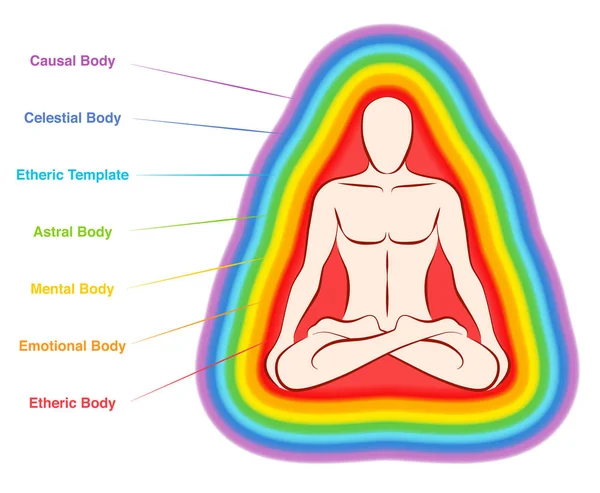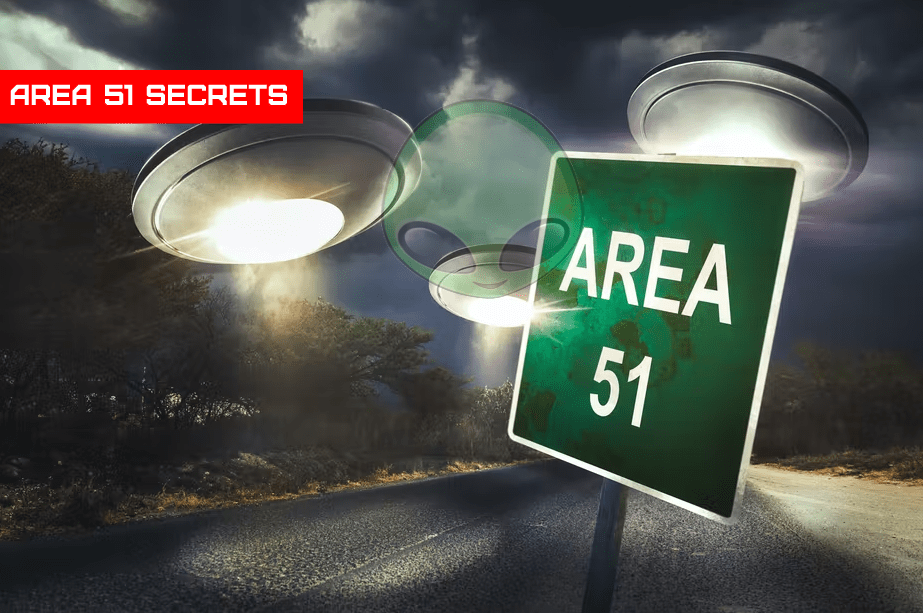When people talk about a “aura,” they’re referring to the unseen spiritual energy field that surrounds all living things.
Everything that is alive has an aura. The many colors of your aura are supposed to reveal information about your emotional and spiritual well-being. Is it a real thing? Is it something that anyone has experienced?
History of Aura Photography
Humans are curious to examine this aura in order to gauge their bodily and spiritual wellbeing. In 1939, a Russian technician named Simon KIRLIAN saw a light coming from his fingers when they were exposed to a photographic plate while working in a high voltage area.
To picture this aura, he created the first camera, known as the Kirlian Camera. Following these technologies, Dr. Konstantin Korotkov produced GDV (Gas Discharge Visualisation), Prof. Louies Rosche developed Energy Scanning, Dr. Thornton Streeter developed PIP (Polycontrast Interference Photography), and Dr. John R Rogerson developed EFI (Energy Field Imaging).

What Aura’s Colors Tell?
Aura colours, like sound waves, are only visible to a small percentage of the population. According to Gerald Heard’s classic 1939 book Pain, the human eye is gradually obtaining the ability to discern aura colours.
The aura colour wheel has seven primary colours: red, orange, yellow, green, blue, indigo, and violet.
1.Red
Determined, forthright, energetic, forceful, grounded, hard worker, team player, active, competitive, realistic, impetuous, and overwhelmed by change. Anxiety will be the cause of any health problems that occur.
2.Orange
Brave, daring, thoughtful, considerate, self-assured, detail-oriented, and occasionally lacking in self-discipline. Health problems are mainly caused by the kidneys or the reproductive organs.
3.Yellow
Laid-back, playful, creative, sociable, optimistic, avoids conflict, easily hurts feelings, shy, and mental alertness. The spleen is involved in health issues.
4.Green
Social, enjoys people, animals, and nature, excellent communicator, perfectionist, quick-witted, organiser, impatient, trustworthy, and nurturing. The mentioned health issue is lung cancer.
5.Blue
Assistive, compassionate, spiritual, intuitive, typically content, understanding, peacemaker, resolute, freethinker. Some people feel that problems associated with this aura colour are related to the throat or thyroid.
6.Indigo
Imaginative, daydreamer, curious, profound interior thoughts, low self-esteem at times, gentle, unpretentious, introvert, peaceful, and modest. Indigo-aura folks are concerned about their eyes.
7.Violet
Violet is the most idealistic, sensitive, and wise of the hues, a seeker of truth, independent, intelligent, extroverted, and authoritative. People with a violet aura colour can sometimes have psychic abilities. Violet is associated with the pineal gland and the nerve system.

Aura’s Test
Tests of psychic ability to detect supposed aura emanations have frequently failed.
In one experiment, persons were placed in a dark room and the psychic was asked to count the number of auras she could see. The only outcomes achieved were by chance.
Aura recognition has been attempted on television on occasion. In one experiment, an aura reader stood on one side of a room with an opaque partition separating her from a number of slots that may contain real individuals or mannequins. The aura reader misidentified the slots containing individuals, wrongly claiming that all of them did.
Another aura reader was positioned in front of a divider where five participants were standing in another broadcast test. From behind the wall, he claimed to be able to see their auras. As each individual exited, the reader was asked to identify who was standing behind the slot. He accurately identified two out of five.
Another simple test is to go to a few different aura readers and evaluate how well their “readings” compare. They almost always do not.
Finally, some aura readers claim to be able to identify diseases and other ailments. Individuals with documented pathological illnesses were sent to readings by a range of such people in experiments undertaken by the Skeptical Inquirer staff. None of them were able to “read” the already-diagnosed problem, but instead made up their own for the customer… That didn’t exist.
Attempts to scientifically verify the existence of auras have frequently failed; for example, people are unable to perceive auras in complete darkness, and auras have never been effectively utilised to identify persons in controlled testing when their identifying features are otherwise obscured.
According to a 1999 study, ordinary sensory clues such as radiated body heat could be misinterpreted as proof of a metaphysical reality.
What Science Say About Aura?
According to Psychologist Andrew Neher, “there is no good evidence to support the assumption that auras are, in any way, psychic in origin.” Auras have been shown in laboratory studies to be best explained as optical illusions known as afterimages. Auras, according to neurologists, may be perceived as a result of brain affects such as epilepsy, migraines, or the influence of psychedelic drugs such as LSD.
Auras may be caused by synaesthesia, according to some. A 2012 study, however, found no link between auras and synaesthesia, stating that “the discrepancies found suggest that these phenomena are phenomenologically and behaviorally distinct.”
“Given the weight of the evidence,” clinical neurologist Steven Novella stated, “it appears that the association between auras and synaesthesia is speculative and hinges on superficial similarities that are most likely coincidental.”
Other potential reasons include visual system problems that generate optical effects.
In a Skeptical Inquirer review, Bridgette Perez wrote: “Auras may be promoted by perceptual distortions, illusions, and hallucinations… Aura occurrences may also be caused by psychological elements such as absorption, imagination proclivity, vividness of visual imagery, and after-images.”
Aura vision is not real, according to scientists.









